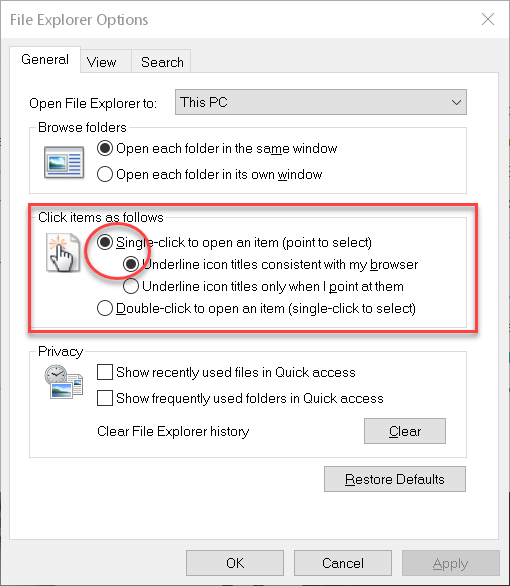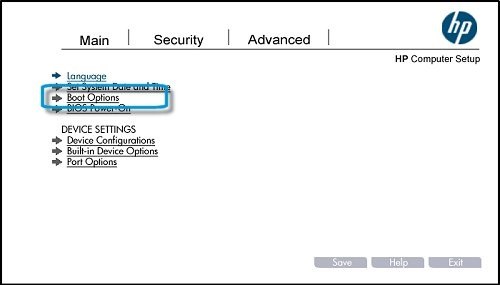

Here you will find a summary of the types of CPUs available.ĭesktop CPUs were created for desktop computers. By taking action now to cool your system, you'll save money and increase the longevity of your system.When purchasing a CPU, a number of options are on the market.

It's not hard to keep your system cool, and with a few simple steps you can quickly have your system running at a more sustainable level than it was before. Regardless of how you're overclocking, make sure you take additional precautions to improve your system's cooling ability. utility to monitor temperatures in real-time. If you're overclocking with Ballistix modules, you can use our custom Ballistix M.O.D. While overclocking can maximize the performance of your components, it also pushes your system's capabilities to the limit, which almost always results in higher temperatures.

If it's not working properly, your system will heat up quickly. To help keep temperatures down (especially when overclocking), we recommend a cooling fan, which helps eliminate dead spots of airflow within your system's memory area.Ī PC's power supply has an integrated fan, and if you don't have a case fan, the power supply fan is the only thing pushing hot air out of your system. Memory is one of the components in your system that's most likely to overheat.
#THE BEST OPTIONS FOR QUICK CPU INSTALL#
Why? If you install an 80mm fan in the front of your case and a 120mm fan in the back, the differential will create dead air and negative pressure, leading to an increased potential to overheat. If you decide to add case fans, make sure that the intake and exhaust levels match.
#THE BEST OPTIONS FOR QUICK CPU PC#
Many of our Ballistix customers opt to install two case fans: one to move cool air into the PC and another to move warm air out of the PC. Since performance-enhancing memory and graphic cards generate a lot of heat, case fans can help increase airflow to your components by attaching to the front and back of your system. Upgrading your CPU fan is a start, but adding case fans can also be a big help. Keep in mind, however, that your CPU fan can only cool to the lowest temperature in your case, regardless of how well-designed your CPU fan is. For this reason, you'll want to consider upgrading to a better CPU fan, which can help keep CPU temperatures down. Most CPUs come preinstalled with lower-end fans that are engineered to cool your processor just enough to keep it running-and nothing more. Your CPU is arguably one of the most sensitive (and expensive) components inside your computer, and it has the highest potential to overheat. You'll want to avoid using vacuums when cleaning because the static they produce often does more damage than heat. Simply power down your computer and use a canned air duster to remove the dirt from each fan. When you open your case, you should be able to find several fans: one on top of the CPU, one inside the power supply, and perhaps one or more on the front or back of the case. Cases are designed for effective air handling, and with fans and proper intake, you can maintain the reliability of your system's components.ĭust and dirt can wreak havoc on your first line of temperature defense: your fans. Too much dirt can make your fans slow down or quit working altogether. A closed case helps your system remain cool because it reduces the impact of dust and debris on the cooling fans. While it may seem counterintuitive, an open case doesn't help regulate internal temperatures – it actually does the opposite and restricts them. Also, take a look at your computer desk – does it relegate your system to an enclosed cabinet or drawer? If your system is in an enclosed space, it faces an increased risk of overheating. For best performance, you'll want to leave two to three inches of space on all sides of your computer. Take a look at where your computer is positioned and remove any obstacles that restrict airflow. Often simply changing the location of your system can help keep it cool.


 0 kommentar(er)
0 kommentar(er)
